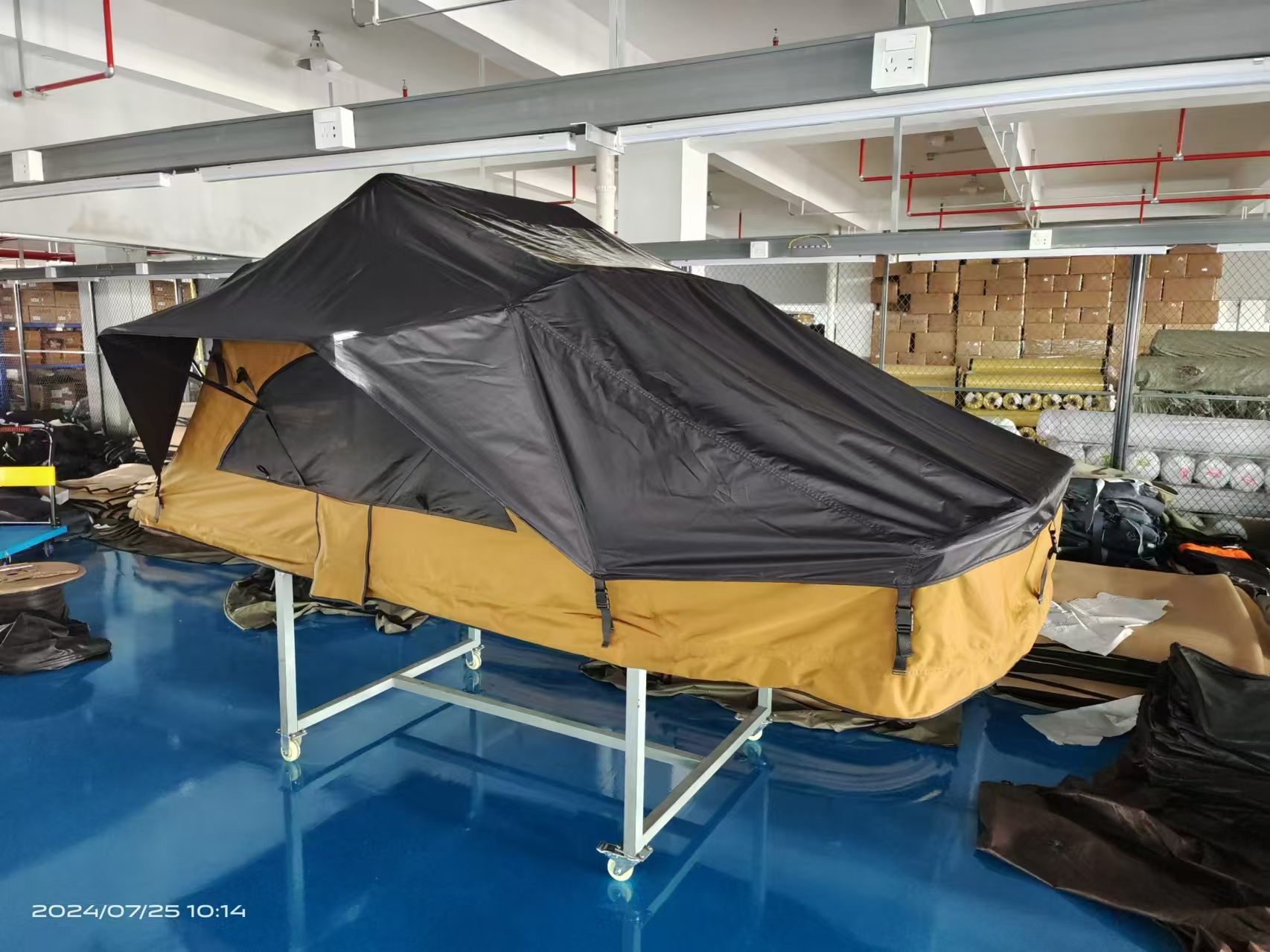A rooftop tent, as the name suggests, is a tent mounted on the roof of a car. It combines the convenience of car travel with the joy of camping and has become an increasingly popular choice for outdoor enthusiasts, backpackers, and campers worldwide in recent years. But where did the idea of the rooftop tent come from?
The Origins
The concept of the rooftop tent can be traced back to the early 20th century. As the automobile industry grew, particularly in the 1920s and 1930s, cars gradually became the primary means of transportation for people. At that time, car designs were still in their infancy, and many cars lacked the space to allow passengers to rest for long periods of time. As a result, camping became a popular choice for travelers. Early rooftop tents were not as seamlessly attached to the car’s roof as they are today. Instead, they were simple camping tools often mounted on the back of the car or inside it.
The true invention and popularization of the rooftop tent can be traced back to the 1960s. During this time, off-roading and camping became increasingly popular. As people’s desire for outdoor activities grew, the idea of combining tents with cars emerged. The first rooftop tents were typically simple tent structures supported by a roof rack or frame, with the tent itself providing a relatively isolated sleeping space. This design addressed the common issues with traditional ground tents, such as moisture, dirt, and insects.
Development and Popularization
In the 1980s, rooftop tents began to enter the mainstream market. The popularity of off-road vehicles and camping vehicles created a demand for rooftop tent designs and production. Manufacturers started designing rooftop tents for specific car models, catering to the diverse needs of consumers. At this point, rooftop tents were no longer just a simple shelter, but gradually evolved into advanced camping equipment that combined comfort, durability, and convenience.
By the 21st century, significant technological advancements had been made in the development of rooftop tents. Modern rooftop tents use lightweight materials like aluminum alloys, composite fabrics, and waterproof, breathable fabrics, solving issues with heavy weight and complicated installation. Many rooftop tents now feature electric lifting systems that allow the tent to be set up or packed away in just a few minutes. Additionally, modern rooftop tents have improved air circulation, insulation, and external storage space, greatly enhancing the camping experience for users.


